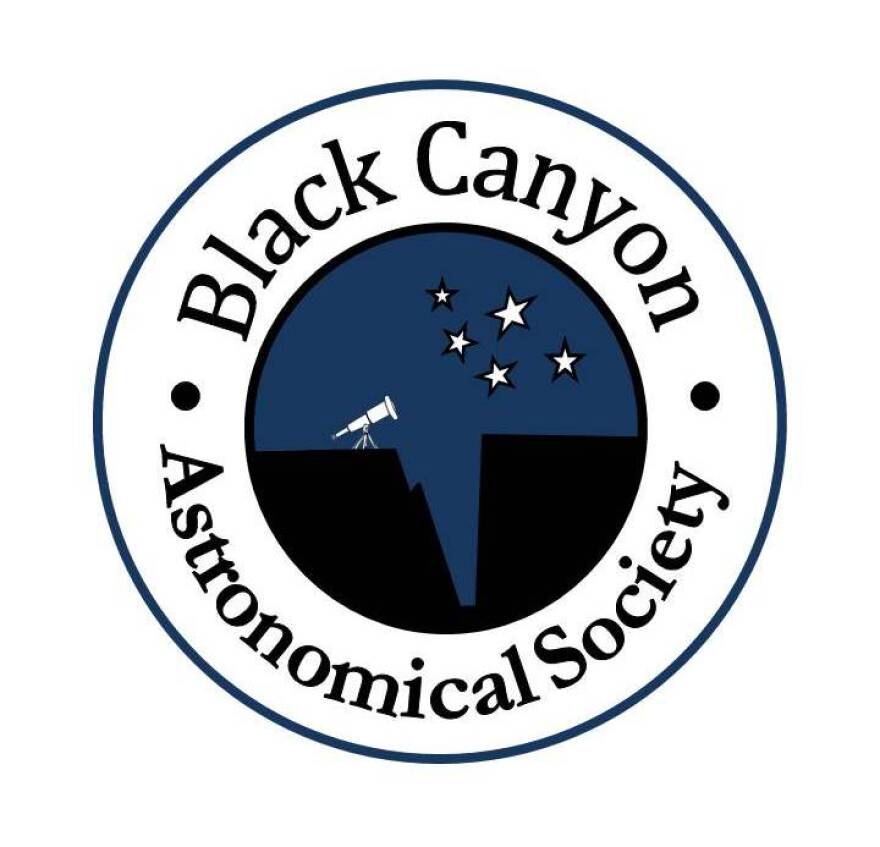You’ve heard the warning; “Don’t play with fire unless you want to get burned.” This is good advice that has prevented many singed eyebrows and painful blisters. NASA’s Parker Solar Probe has ignored this warning in the most extreme fashion.
Currently 2 years into its 7-year mission, it has already made several of 24 orbits around our closest star. Eventually, it will travel closer to the surface than any other mission. The Helios 2 spacecraft has held the record since 1976 when it came within 27 million miles. At its closest, the car-sized Parker Probe will be within 4 million miles of the Sun’s surface and within its atmosphere.
The most significant hazards that the Parker Probe will encounter are extreme temperatures and solar radiation, both of which could jeopardize the mission. As it enters the Sun’s atmosphere, also called the corona, temperatures alone will heat the probe’s equipment to nearly 2,500 degrees F. For reference, erupting lava from Hawaii’s Kilauea volcano is just over 2,100 degrees F. Just thinking about these temperatures might make you sweat!
The Sun’s atmosphere is much different than the Earth’s atmosphere. Not only is it massive in comparison, but it’s much more active and heavily affects the space and celestial objects around it. Through the Parker Probe, scientists are hoping to unlock some of its mysteries by answering questions like: How do heat and energy move through the solar corona? What exactly accelerates the solar wind? How does the solar wind affect the Earth’s magnetic field and its manmade satellites? The risks of the mission are an acceptable tradeoff if these questions can be answered.
Scientists are just beginning to understand the intricacies of the Sun’s atmosphere. Knowledge gained from the Parker Probe will shed light on the inner workings of other stars and the solar system at large. Perhaps more importantly, it will reveal how life on Earth is affected by the Sun’s processes. From this a profound reminder arises: The Sun’s presence directly affects our existence and the life-supporting conditions that make our planet unique. From this perspective, the risk of getting burned comes not from getting too close to our star, but not knowing as much as we can about it.

Western Slope Skies is produced by the Black Canyon Astronomical Society. This episode was written and recorded by Ranger Jeremy Stringfield from Black Canyon of the Gunnison National Park.


